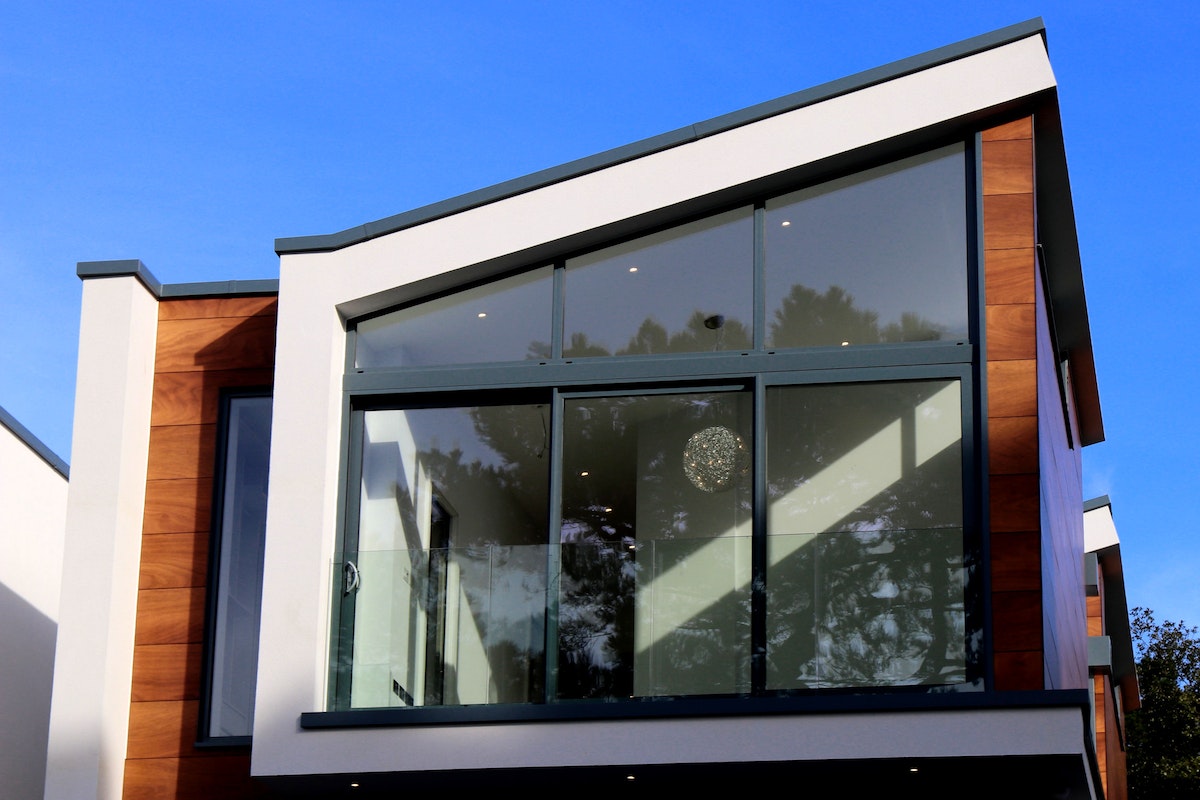
In the ever-evolving world of architecture, contemporary applications are reshaping the landscape of design, innovation, and sustainability. From awe-inspiring skyscrapers to eco-conscious urban developments, this article delves into the cutting-edge trends and technologies architects and designers use to redefine the built environment.

Reaching New Heights with Green Design
Contemporary skyscrapers are not merely engineering feats but also sustainable progress symbols. Architects are incorporating green design principles, utilizing renewable materials like timber, implementing energy-efficient systems, and incorporating green spaces into towering structures. These sustainable skyscrapers blend harmoniously with their surroundings while reducing their carbon footprint, setting new standards for eco-conscious urban development.
Enhancing Human-Nature Connection
Biophilic design principles reshape interior spaces by introducing natural elements, including timber, to create harmonious environments that promote well-being and productivity. Timber interiors bring the calming essence of the outdoors into living and workspaces, with exposed timber beams, panels, and furnishings adding a touch of organic elegance. Within biophilic interiors, timber ceilings emanate natural warmth, establishing a serene association with nature, fostering well-being and serenity. This approach fosters a deep connection to nature, reducing stress levels, enhancing creativity, and improving the overall quality of life.
Pioneering Urban Connectivity
The rise of intelligent cities exemplifies the integration of technology in architecture. From energy-efficient smart buildings with automated systems to interconnected urban infrastructures, smart cities are leveraging data and connectivity to enhance the quality of life for residents. These futuristic urban developments prioritize sustainability, optimize resource management, and create seamless experiences for their inhabitants, transforming how we interact with the urban environment.
Transforming Heritage into Modern Marvels
Contemporary architects champion adaptive reuse, breathing new life into historic buildings and structures. By preserving historic elements while integrating modern functionalities, adaptive reuse projects maintain a sense of heritage while responding to present needs. In these projects, timber cladding revitalizes historic structures, merging the charm of the past with contemporary design sensibilities, breathing new life into architectural treasures. This approach showcases architectural ingenuity and promotes sustainable development by reducing waste and conserving resources.
Merging Art and Mathematics
Parametric design is revolutionizing architecture by applying advanced algorithms and mathematical models. Architects can create intricate, fluid forms informed by data, functionality, and aesthetics. The result is a breathtaking fusion of art and technology, yielding visually captivating structures optimized for performance.
Nurturing Livable Environments
Contemporary architects are embracing sustainable community planning to create livable and inclusive spaces. From mixed-use developments to pedestrian-friendly neighbourhoods, sustainable communities prioritize social interaction, accessibility, and environmental stewardship. These thoughtfully designed environments promote well-being, foster a sense of belonging, and reduce the environmental impact of urbanization.
A Leap Towards Carbon Neutrality
As the world faces the urgency of climate change, net-zero energy buildings are spearheading the movement towards carbon neutrality. These buildings generate as much energy as they consume, often through renewable sources such as solar panels or geothermal systems. This paradigm shift in architectural practice aims to significantly reduce greenhouse gas emissions, profoundly impacting the fight against climate change.
Anticipating the Future
The resilient design addresses the challenges of an increasingly unpredictable world characterized by climate extremes and natural disasters. Architects are incorporating measures to fortify structures against potential risks, making buildings and communities more adaptable and robust. Resilient design prioritizes safety, sustainability, and longevity, ensuring that the built environment can withstand the test of time and unforeseen circumstances.
Contemporary applications in architectural brilliance epitomize the innovative spirit of our time. Architects and designers push boundaries, harness technology, and embrace sustainability to create an awe-inspiring and responsible built environment. From sustainable skyscrapers reaching for the stars to intelligent cities prioritizing connectivity, these modern advancements redefine how we inhabit and interact with our surroundings. As architectural brilliance continues to evolve, it is clear that the future of design lies in the harmonious balance between creativity, technology, and the well-being of humans and the planet.